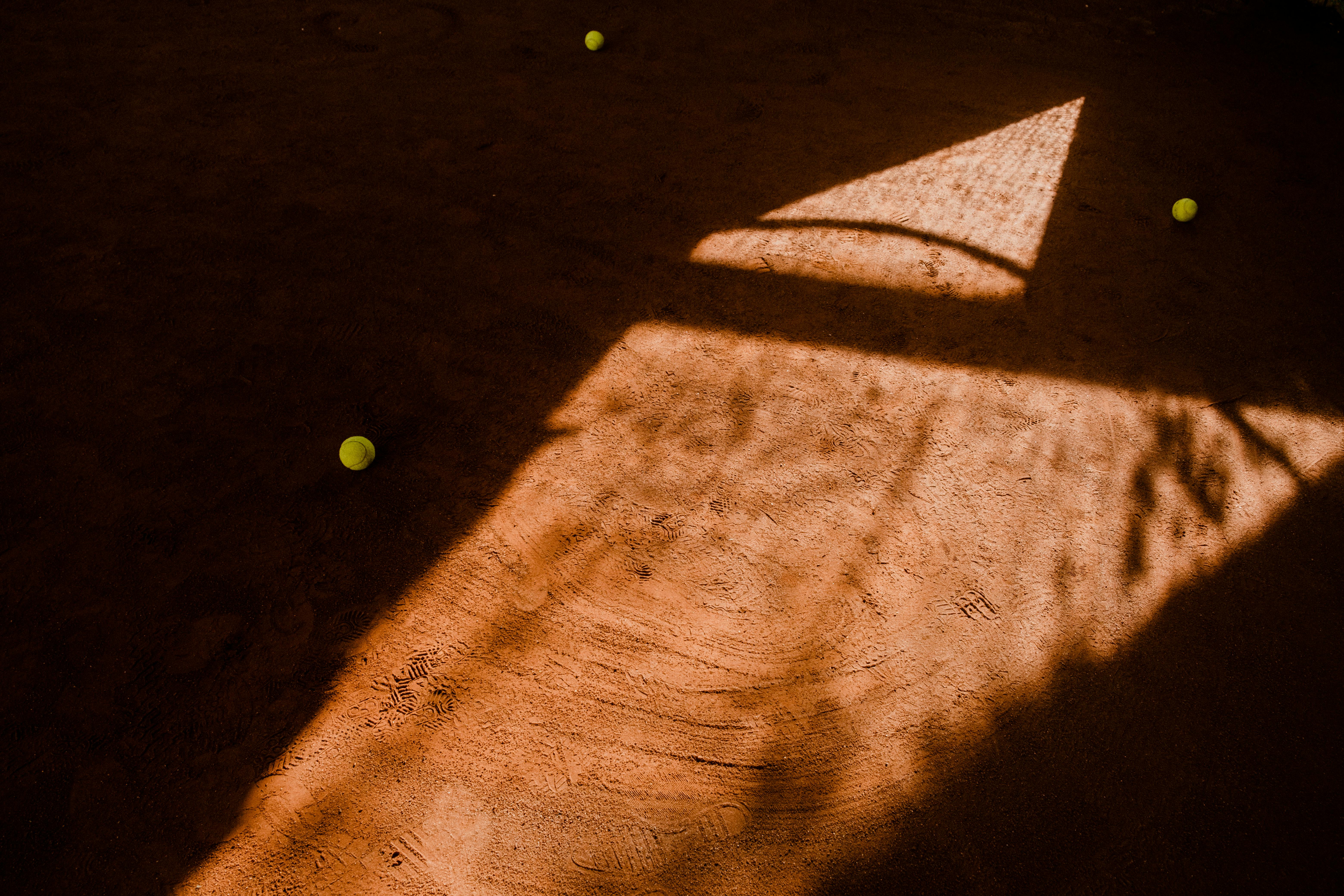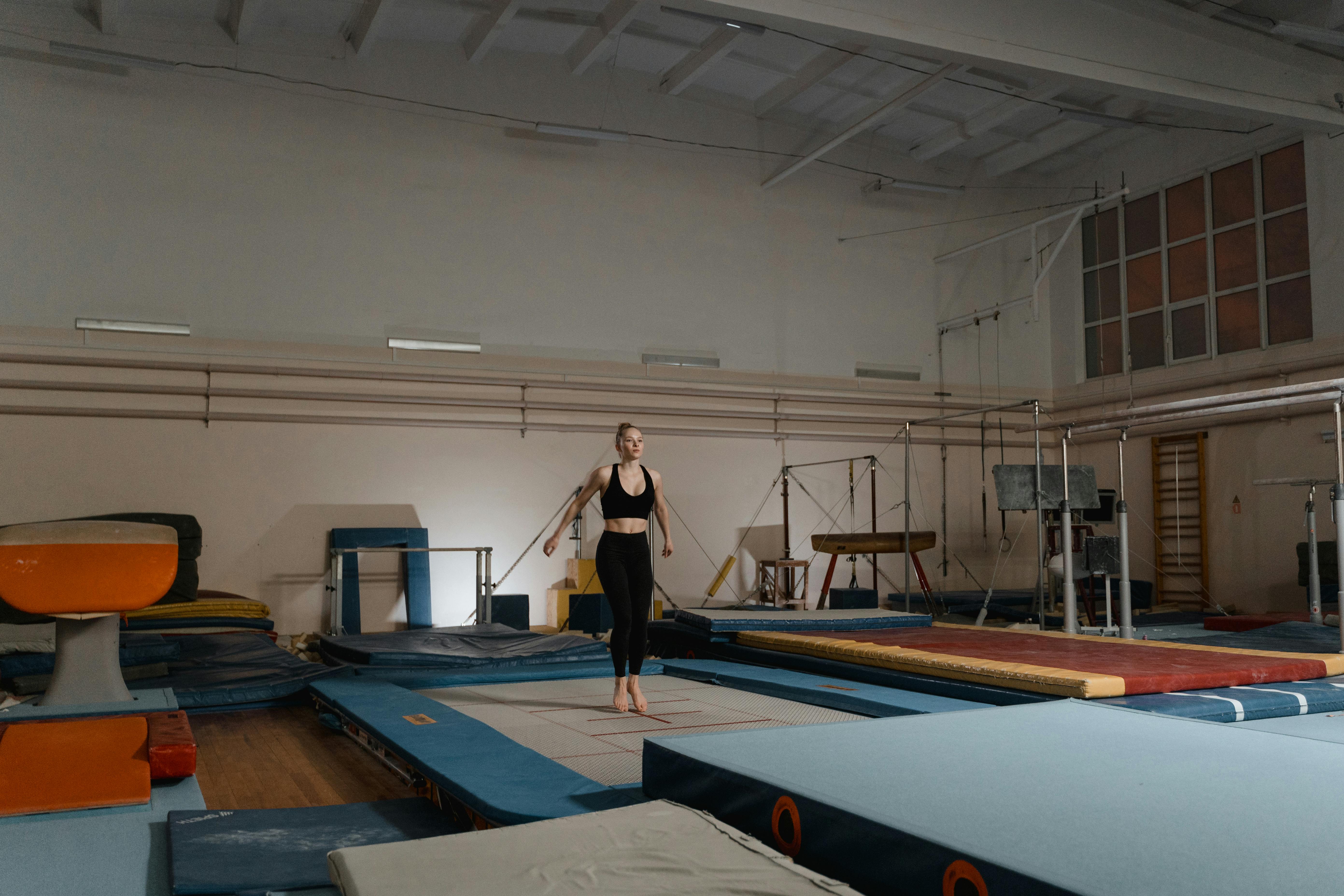While ‘natural beekeepers’ are accustomed to thinking of a bee colony more in terms of its intrinsic value to the natural world than its ability to produce honey for human use, it is much more likely that conventional beekeepers and the general public generally associate bees with honey. . This has been the main reason for the attention given to apis mellifera since we began our association with them just a few thousand years ago.
In other words, I suspect that most people, if they think about it at all, tend to think of a bee colony as “a living system that produces honey.”
Before that first encounter between humans and bees, these adaptable insects had flowering plants and the natural world largely to themselves, more or less weird dinosaurs, and over a span of tens of millions of years they had evolved alongside plants. with flowers and they had selected those. which provided the best quality and quantity of pollen and nectar for their use. We can assume that the least productive flowers died out, except for those that adapted to use the wind, rather than insects, to spread their genes.
During all those years, perhaps 130 million by some counts, the honey bee continually evolved into the highly efficient, extraordinarily adaptable, colony-dwelling creature we see and know today. Through a series of behavioral adaptations, he ensured a high degree of genetic diversity within the APIs genus, among which is the propensity of the queen to mate at some distance from her hive, at flying speed and at a certain height from the ground, with a dozen male bees, who have traveled considerable distances from their own colonies. Multiple mating with strangers from foreign lands ensures a degree of heterosis, vital to the vigor of any species, and carries its own selection mechanism for the drones involved: only the fittest and strongest drones manage to mate.
An unusual feature of the honey bee, which adds a species-strengthening competitive advantage to the reproductive mechanism, is that the male bee, the drone, hatches from an unfertilized egg through a process known as parthenogenesis. This means that the drones are haploid, that is, they have only one set of chromosomes derived from their mother. This in turn means that, in evolutionary terms, the queen’s biological imperative to pass on her genes to future generations is expressed in her genetic investment in her drones – remembering that their workers cannot reproduce and are therefore a genetic dead end.
So the suggestion I made to the conference was that a biologically and logically legitimate way of looking at the bee colony is as “a living system for producing healthy, fertile drones for the purpose of perpetuating the species by spreading genes from bee queens.” The best quality”. .
Thinking about this model of the bee colony gives us a completely different perspective, compared to the conventional point of view. We can now see the nectar, honey and pollen as simply fuels for this system and that the worker bees take care of the needs of the queen and perform all the necessary tasks to ensure the proper functioning of the colony, with the ultimate goal of producing drones. high quality. , who will carry her mother’s genes to virgin queens from other distant colonies. We can speculate about biological triggers that cause drones to rise at certain times and be evicted or even killed at other times. We can consider the mechanisms that can control the number of drones as a percentage of the total population and dictate what other functions they can have within the hive. We can imagine how the drones seem to be able to find their way to ‘congregation areas’, where they seem to gather when they expect the virgin queens to pass by, when they themselves rarely survive more than three months and hardly ever over winter. There is much we do not yet know and may never fully understand.
An important aspect of this way of looking at the bee colony is that it questions many of the practices of ‘modern beekeeping’ – and I am referring to post-Langstroth beekeeping, post-1850 – which has always focused on the production of honey above everything else. From the point of view of our evolutionary model, many modern practices have been implemented with the specific goal of suppressing drone brood: thus going directly against the evolutionary interests of the queens.
In support of this thesis, we can cite the invention of the wax base, imprinted with the cellular pattern of worker bees, deployed for the specific purpose of encouraging the colony to breed the maximum number of workers and the minimum number of drones. We can also blame those who decided that the frames should be spaced close together, thus allowing only worker cells to be built and forcing drone cells to the outer edges of the honeycomb. More recently, we can mention and condemn the encouragement from certain sectors to ‘eliminate’ drone pupae with the intention of reducing the population of varroa destroyer in our winters.
Other recent practices, such as the sterilization of wood and the use of plastics, ensure that hives will be relatively free of any of the other tiny creatures that evolved to share hollow logs and trees with bees. However, we are now discovering that some of these little critters may well hold the secret to how pests and diseases are kept at bay. Significantly, the experiments with dust mites Stratiolelaps genes are proving successful in controlling varroa and I suspect that the humble earwig and the wood louse have roles to play.
The almost universal use of miticides over the past half century has turned our bee colonies from biodiversity models into sterile monocultures, at the expense of a multitude of molds, fungi and insects whose roles and interactions we can only guess at. Who knows what simultaneous damage the pyrethroids and neonicotinoids, widely used in our crazy and toxic agricultural system, may have caused not only to the bees but also to the soil, which supports all life.
It seems to me that the history of modern beekeeping is littered with examples of anti-drone behavior by beekeepers, out of ignorance of their true role in the colony and in direct contradiction to the needs and instincts of the queen bee. Conventional beekeepers, as much as they may protest their love and devotion to their care, are in fact denying the wishes of the bees by focusing their efforts on fueling this intricate system, rather than its true purpose: the production of drones. high quality. without which apis mellifera it is doomed as surely as the dinosaurs.
Therefore, ‘natural beekeepers’, with their focus on creating near-ideal environments for honey bees to use and working in concert with the wishes of their queens, are best placed to ensure the future of the species, as long as they don’t succumb. to undesirable ‘modern’ trends.



